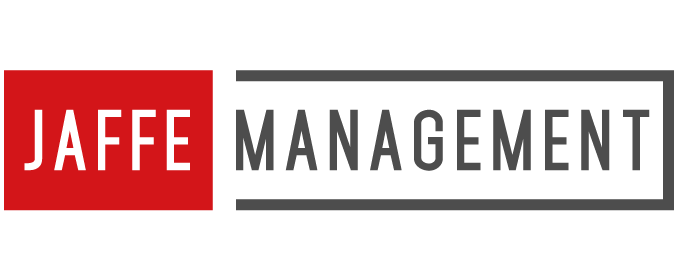11 Mar 2022 How to Use Lead Nurture Campaigns to Increase Your Association’s Membership and Revenue
Would you like to pull in more new members for your association or increase your revenue for events and online offerings? Lead-nurture campaigns are a fantastic strategy. Here are the basics you need to know, along with tips for a successful lead-nurture system, so you can make the most of the process.
What Is Lead Nurturing?
Lead nurturing is taking potential members or revenue sources by the metaphorical hand and helping them choose your association as a solution for a problem they’re having. It could be that they seek career advancement, accreditation or simply greater knowledge about your industry. They have multiple options available to them, but they need to see your organization as the best selection.
Lead nurturing works on the premise that nearly everyone requires some time to weigh their options before making a purchase. The bigger the purchase, the more time they need. A lead-nurture campaign moves them along a funnel or pipeline toward making a decision, hopefully in your favor. Benefits of successful lead nurturing include:
- People who have chosen your group via lead nurturing are more likely to remain loyal and to recommend you to friends and colleagues.
- Lead-nurture targets who buy from your association in one area have a better chance of making more purchases (e.g., membership + online course materials + conference ticket).
- Using a lead pipeline as described below provides your organization with a steady stream of new members and income.
- The steps you use in lead nurturing can help your association in other ways, such as building industry authority or making community connections.
How Does a Lead Nurturing Pipeline Function?
Lead nurturing starts with the first contact your association has with an individual. This might be through an email capture on your website or a visit to your booth at a trade show. When they express interest, you respond with a reply — typically in email form, although there are other methods (see below).
Early contacts are usually then separated into different tracks based on what they need (AKA lead segmentation). Some may be interested in membership, while others want to know about how to get accredited in your field. Depending on your organization and what you provide, you may send them different correspondence, which can be automated for your ease using an email service. This can be integrated with customer relationship management (CRM) software as well.
Leads are also sometimes sorted by where they are in the sales process. People who are just starting to entertain the idea of joining your association get one email campaign, while those who are almost ready to buy receive another. Lead funnels are usually divided into three sections:
- Early or top of the funnel — leads who are in the discovery phase and may not even know they have a problem you can solve for them. They do well with blog posts, basic videos and infographics.
- Middle of the funnel — these are leads who have identified a problem and are looking to solve it. They appreciate meaty content like webinars, white papers, and case studies.
- Closing or bottom of the funnel — leads here are close to making a commitment. This is the time to get ultra personalized with your approach, including contact from association heavyweights, free trials, and discounted or free admission to special events.
What Lead-Nurture Methods Work Best?
As mentioned above, email is the most popular method, and it’s still preferred for a slow, steady drip of information. Why email?
- It’s simple to customize for the recipient.
- You can do it manually in house or automate it.
- It costs little to nothing.
- It’s easily integrated with other aspects of your campaign.
- It offers the best rate of conversion and return on investment.
Other lead-nurture tactics include:
- Social media, for personalized dialogue and integration with other lead-nurturing methods
- Content marketing, e.g., ebooks and blog posts
- Surveys, for helping people early in the sales process who are still trying to define what they need
- Remarketing with advertisements, using cookies from website browsing to generate relevant ads for sales and brand awareness
Each method has its pros and cons, and most associations find a combination of techniques is the most fruitful. If you’ve never conducted a lead nurturing campaign before, it will probably take some trial and error on your part. But once you get the hang of it, you will enjoy a painless and customized way to court prospects and boost your bottom line.
Does your association need assistance with an email campaign or maintaining your contact list? Jaffe Management specializes in helping associations and nonprofits with all aspects of administration, including membership, social media, newsletters, and event services. You can learn more by calling us at 212-496-3155 or by reaching out online at your convenience.


